We’re currently in the UK, where outlets look like:
Since we’re from the US, none of the gear we have will plug into these sockets. What if we use a travel adapter?
plug intentionally partially inserted to show pins
This accepts the pins from a US plug, and connects them directly to pins shaped for a UK socket. Is this enough? Sometimes yes, sometimes no.
The big difference between residential power in the UK and the US is that the UK uses 230V while the US uses 120V. If a device that expects 120V gets 230V it might get fried; the other way around is less likely to destroy the device but still won’t work. Luckily, devices say what voltages they accept. Either they’ll be labeled for a single voltage, or a range. Some examples, with whether they’ll work in the UK:
A good heuristic is that most external power supplies/chargers (for laptops, phones, tablets, …) will take a wide range of voltages while most other things (nightlights, blenders, TVs, fans, …) will be either 120V or 230V. But best to check your specific device!
In bathrooms you may find one other type of outlet:
These exist because you’d risk electrocution with a regular outlet in a wet area like a bathroom. In the US we’d use a GFCI, but in the UK they use isolation transformers. Because it’s a transformer, it’s cheap to add a center tap and get half the input voltage (115V). They generally do not produce much power: UK ones are only rated for 200mA (4.6W) and if you draw much more than that you’ll trip a built-in fuse. If you do have a small US device and no adapter, don’t mind connecting it in a bathroom, and the device says it draws less than 200mA/4.6W and doesn’t have strong frequency preferences (it will be 50Hz instead of 60Hz) you could probably use it for something other than a shaver.
Comment via: facebook
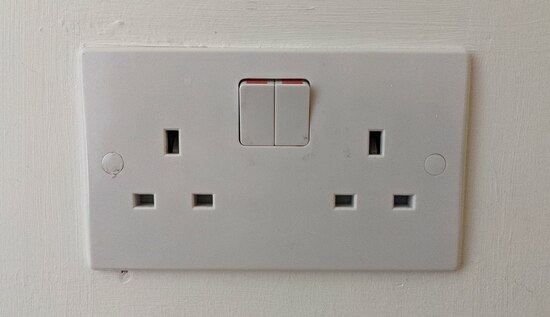
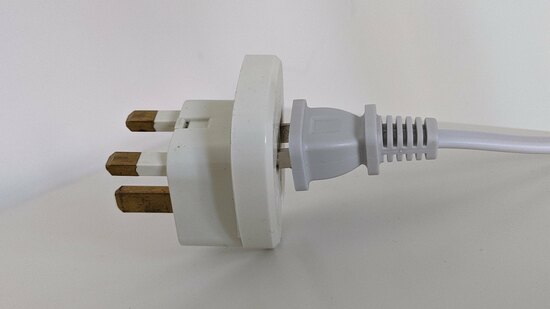
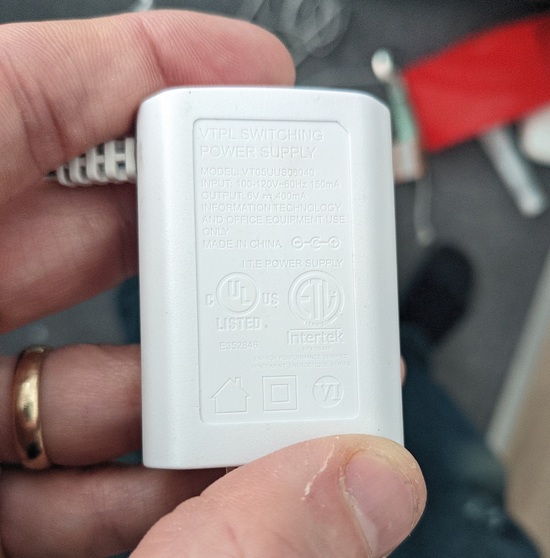
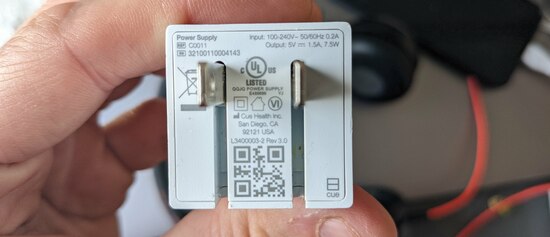
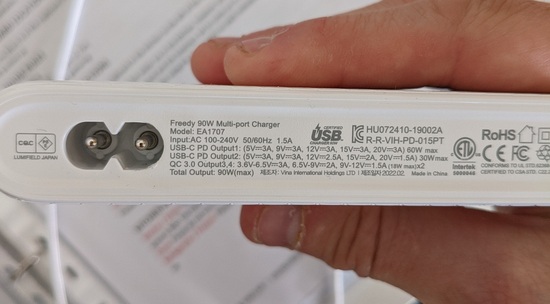
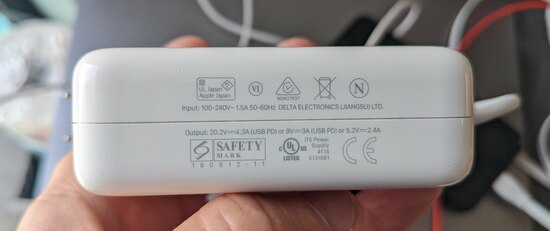
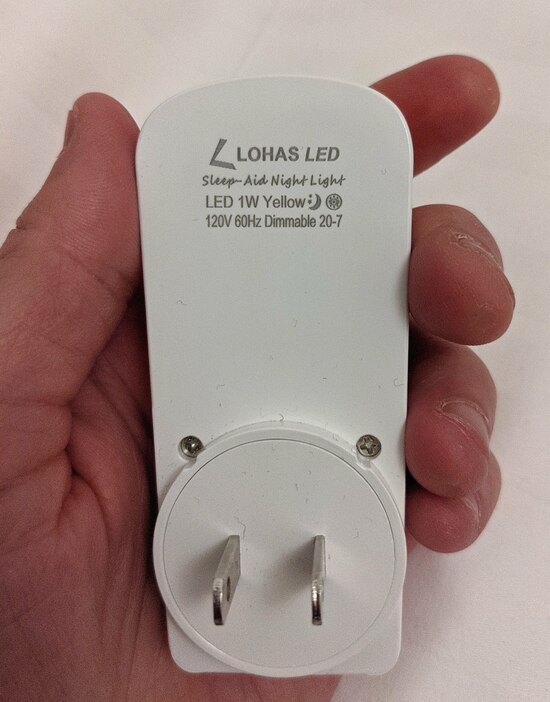
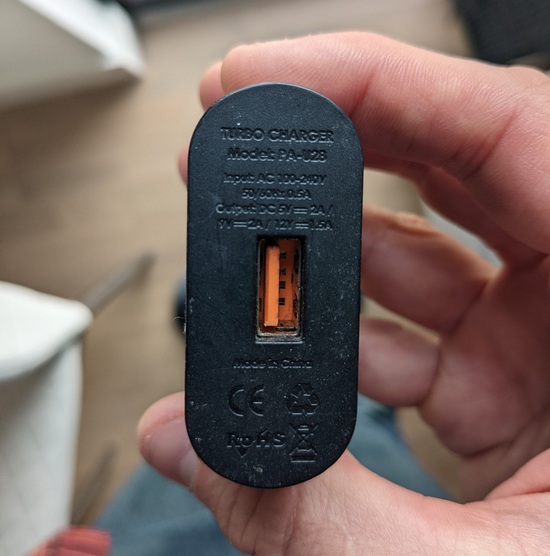
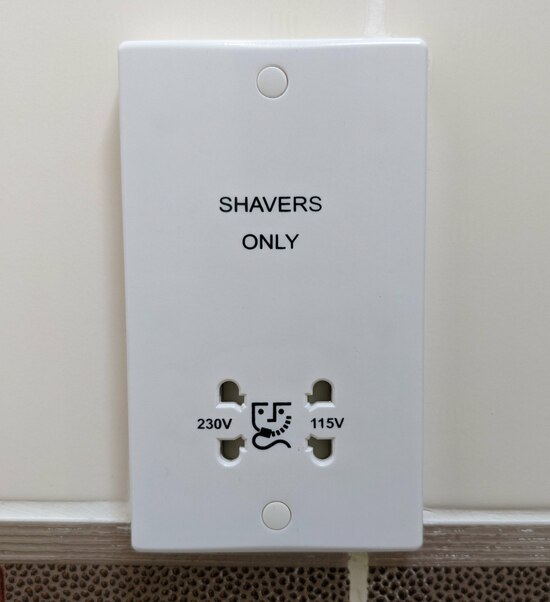
Your heuristic is accurate, but I think understanding why it is accurate is as easy as remembering the heuristic.
The near-universal switched-mode power supply works efficiently for a broad range of input voltages and frequencies. If your device runs on DC, with very rare exceptions (some high-end audiophile gear, specialized equipment), it has one of these AC/DC converters (power brick, wall wart) and can run on the mains power anywhere in the world.
All electronics run on DC. Anything with a large motor (not the motor for your optical drive tray) uses AC. Things like light bulbs and resistive heaters in principle work with both AC and DC, but are designed for specific inputs. Getting it wrong can be dangerous, but in almost all cases will result in non-operation or a blown fuse. (If you’re fooling around, or using devices that have a non-standard plug, all bets are off.)
A counterexample: our baby monitors run on DC and use external switched-mode power supplies, but only take 120V.
I would not have predicted that. I don’t think I’ve ever seen a power brick not rated for multiple voltages. If I ever find one, the first thing I would do the next time I’m in a 240V country is plug it in and see what happens, but please don’t do that yourself unless you know what you’re doing.
It’s the first power brick in this post, above.
We did plug it in, by accident, and ruined it.
Hm, from your explanation I’d expect TVs to work anywhere, but Jeff’s heuristic mentions them as not?
One of my TVs is rated to work anywhere, and another is not. All my computer monitors are rated for multiple voltages. For my TV that’s rated 120V only, I think it’s intentionally not certified for 240V because it’s an NTSC model. There might be a fuse set to blow if you plug it in to 240V, but if not, I would be only mildly surprised if it just worked.